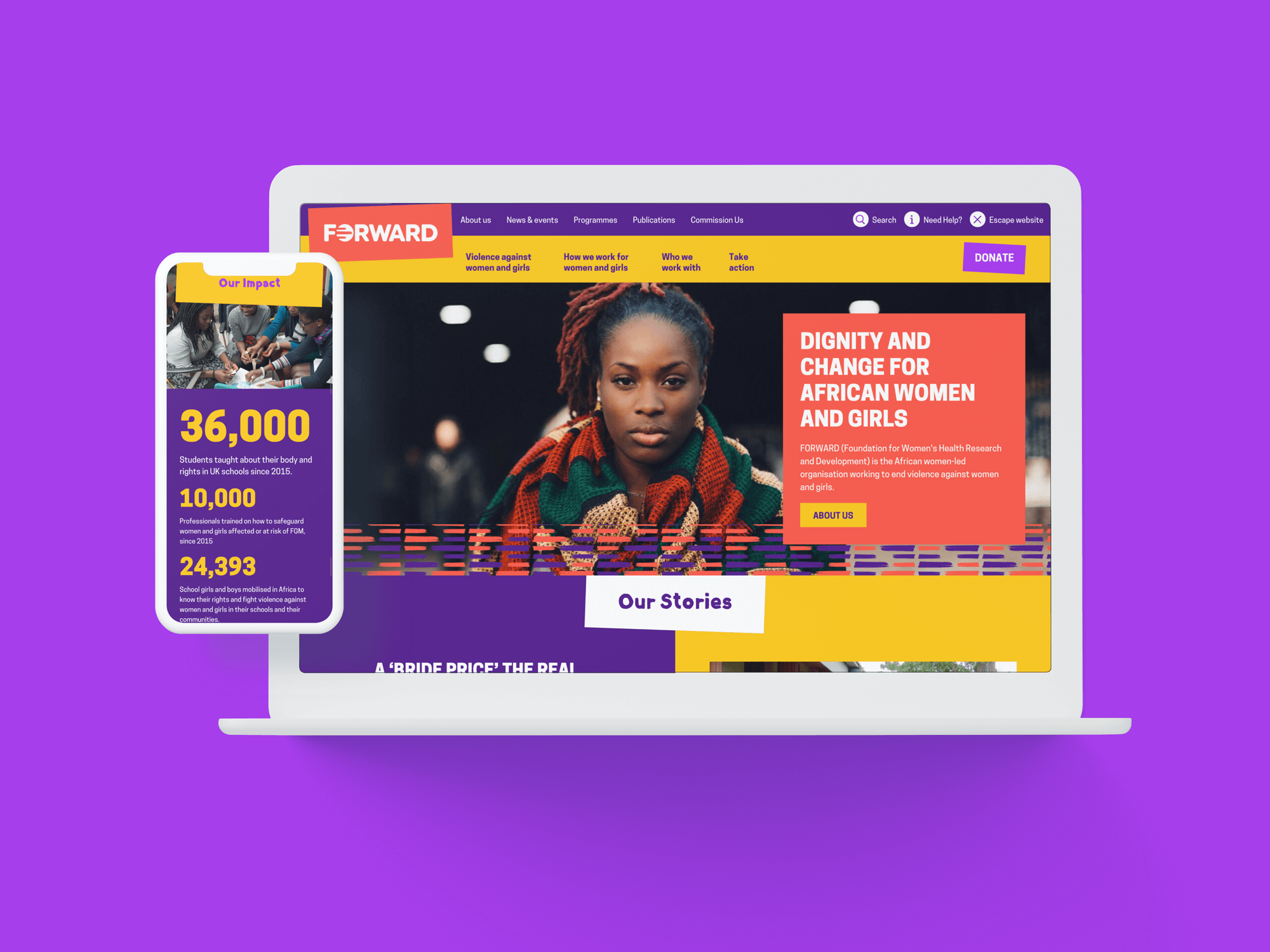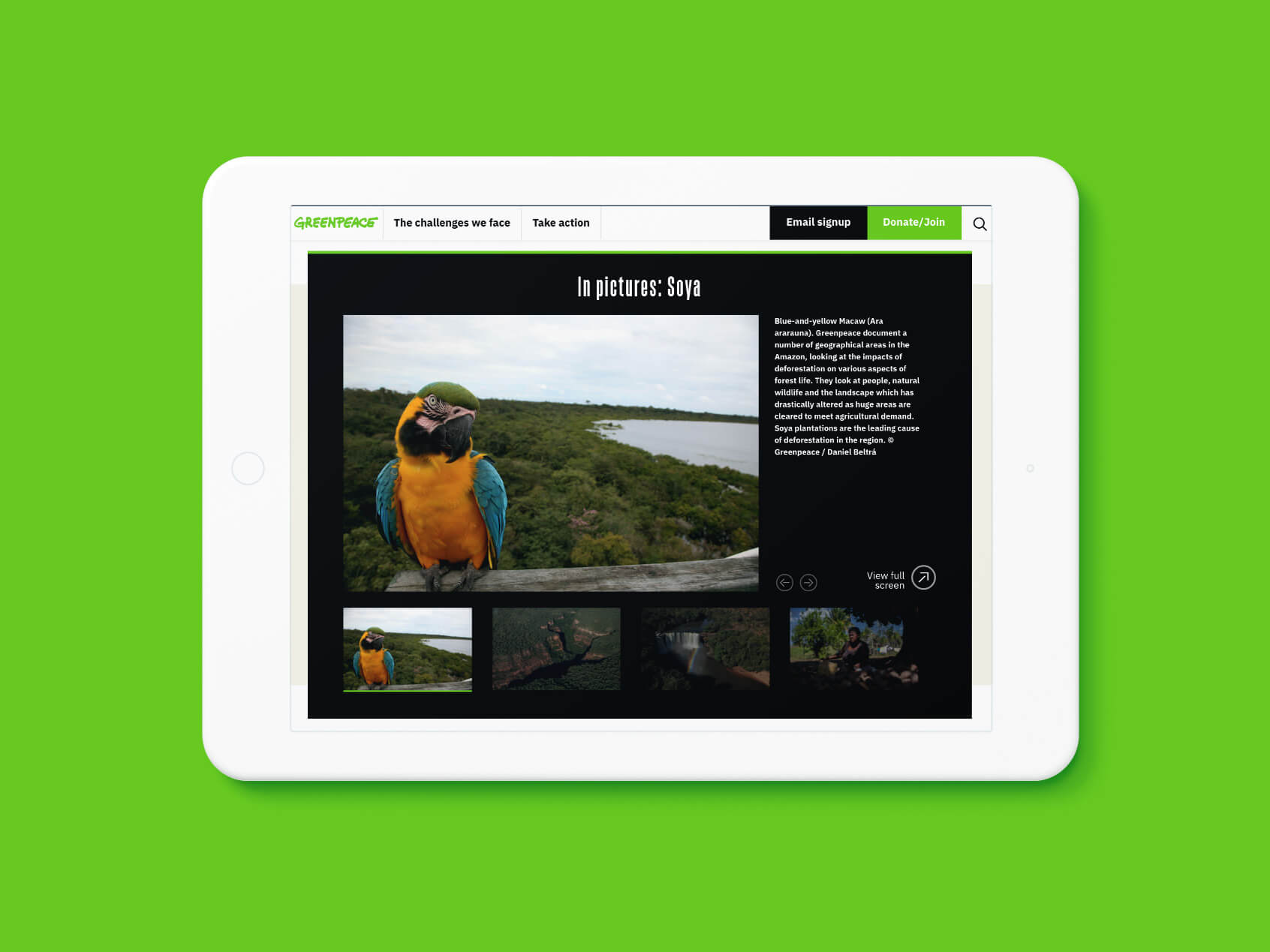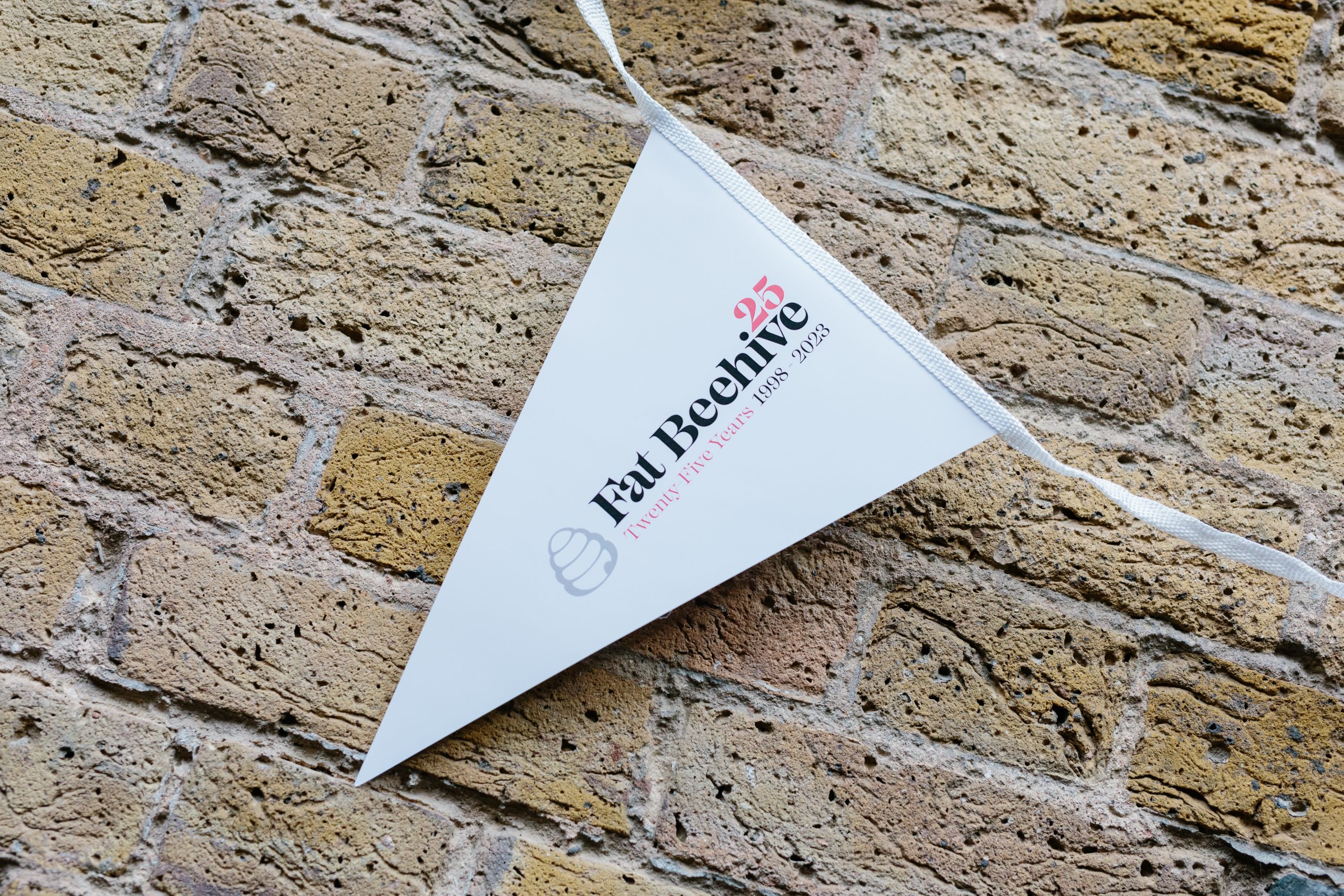Shouldn’t we just use stock photos?
I very seldom advocate for the use of stock photography on websites and for marketing. There’s occasionally the need to ‘just use something’ to get a piece of content out the door, especially when it’s time-sensitive.
However, we’re all wired to detect when images don’t feel right. We can immediately detect a stock photo, more often than not from the perfect American teeth or the tired clichés of suited boardroom meetings.
And when audiences see these, they know to ignore them, meaning they’re far less likely to engage with whatever words you have written, no matter how well crafted.
What about free images?
While Unsplash or Pexels can fill the occasional gap or keep your costs down, they seldom meet your wider brand objectives. Presenting the same tone of voice isn’t just important for your writing, it’s important for your visual tone too.
The worlds best brands do this extremely well and extremely consistently. While we might not all have the budgets to create high-impact shoots like Save the Children or to commission Joey L, think about emulating the persistence of Glossier in the USA or the power of Marianne Olaleye’s images for UK anti-FGM charity FORWARD (shown below).
Another Fat Beehive client, Hospiscare in Devon, use excellent images that really bring across the organisation’s positive values and the hospice’s welcoming atmosphere. I particularly love how genuinely joyful the woman in the image by the newsletter sign-up looks. That image would certainly encourage me to keep in touch, and I’m sure other Hospiscare users feel the same way.




